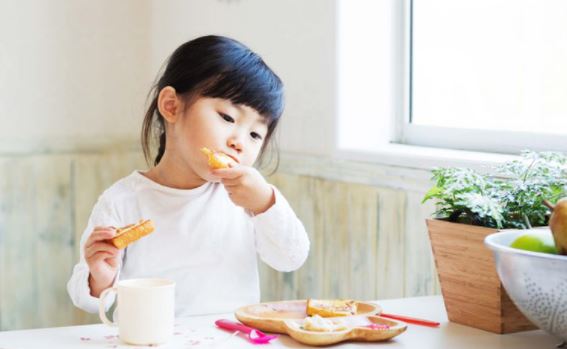
We all want our children to be healthy and happy, but food – the very thing that should nourish the next generation – has become a battleground for many families, and the source of much confusion and controversy in the media.
According to the results of a major worldwide health study published in The Lancet, if you are a child born in Japan today, you are projected to enjoy both the longest life and the healthiest life, and lifestyle and eating patterns are a big reason.
Because even as childhood obesity and incidences of diabetes skyrocket around the world, Japanese childhood obesity levels have historically been much lower, and have in fact been declining overall in recent years.
What are their secrets? Based on our research and interviews with world’s experts, doctors and nutritionists, we distilled the lessons into seven practical steps that all parents can take to nurture their child’s health.
Make family meals more satisfying
Japanese-style eating is very efficient in that it’s both filling and it delivers a high-quality nutrient package. When you fill up on the good stuff your body needs, you’ll naturally have fewer cravings (and less room) for junk. But you don’t have to eat seaweed, sushi, and tofu to nourish a healthy child – just tweak your family food habits in a healthier direction. Serve more plant-based foods like fruits, vegetables, beans, whole grains, and healthy fats, like heart-healthy omega 3-rich fish, and less processed food with added sugars and salt.
This food pattern is relatively low in kilojoules, high in nutrients, and more efficiently filling by being lower in kilojoule density or “kilojoules per bite.” This will help minimise the risks of obesity and the hosts of illnesses it triggers, and maximise the probability of a long, healthy life. One secret: Japan’s default meal foundation is rice, much more than bread or pasta.
The advantage of Japanese-style short-grain rice, preferably brown, or the incredibly good tasting haiga partially milled rice, is that it is water-rich when cooked, fluffy, and super-filling, and much lower in kilojoule density than bread. All that belly-filling rice might also displace less healthy foods and reduce the overall number of kilojoules eaten.
Celebrate eating – along with flexible restraint
Encourage your child to enjoy occasional treats and snacks – but in the proper amounts and frequencies, which are much smaller and less frequent in Japan than those that are typical in the West. The nutritionist Tomomi Takahashi of the Kaji Sakura Nursery School in Hokkaido, has great advice for all parents. “You don’t need to try so hard,” she says. “Have a relaxed attitude, so your child can relax and be comfortable eating.
Show your child that you enjoy eating, and the food tastes wonderful.” She stresses the importance of dining together. “Even when you’re busy, set a specific meal time so you can sit down and eat with your child at least once a day,” she says, adding: “Cook your meals with love, and it will resonate in the child’s heart. Feel the joy of eating together with your child.” Research suggests that parents should “lighten up” about their children’s eating habits, cut out food stress and pressure, and just enjoy eating together as a family.




